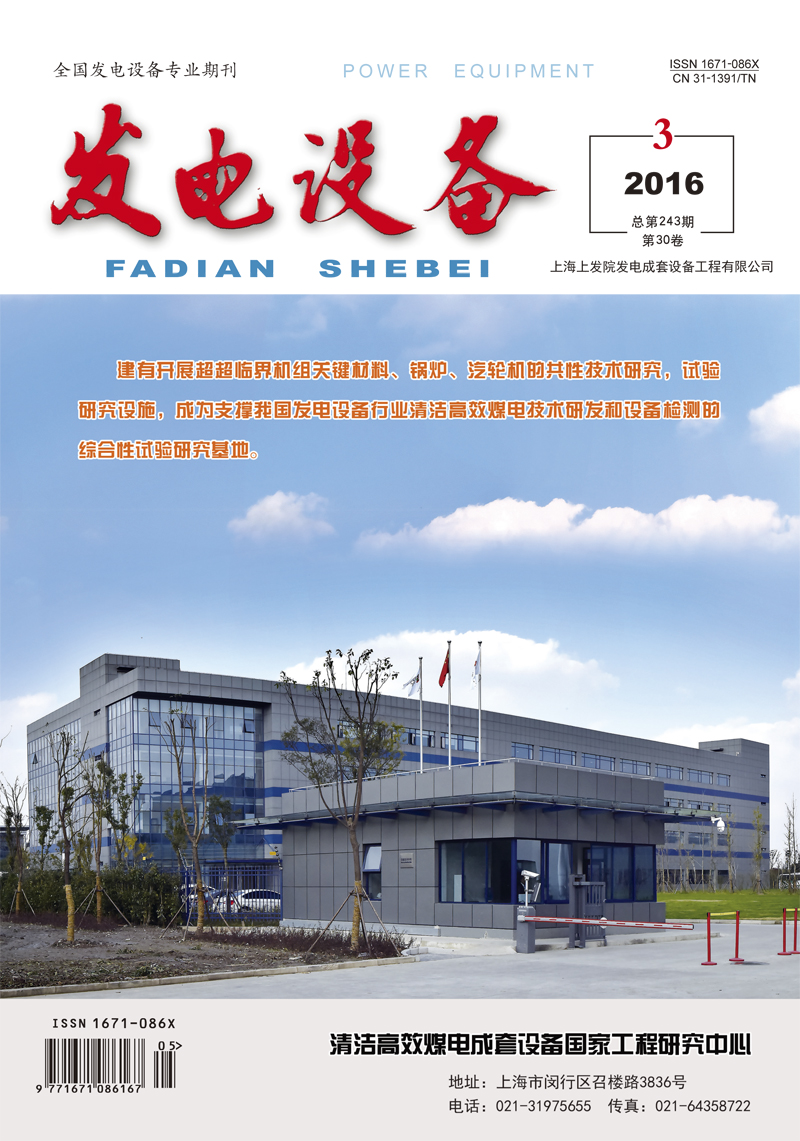Wang Chongbin, Zhu Yufeng, Wang Yu, Xu Ruoyu, Qin Sheng, Zhu Geng
2016, 30(3): 168-172.
The properties of small-diameter tubes or pies made of following candidate materials were introduced for the superheater of 700℃ ultra supercritical boilers, such as the austenitic stainless steel Sanicro25, Fe-Ni-based alloy HR6W, Ni-based alloy 617mod and Ni-based alloy 740H, etc. Meanwhile, suitable service temperature ranges of tubes Super304H, TP310HCbN, Sanicro25, HR6W, 617mod and 740H for the superheater of 700℃ ultra supercritical boilers were also analyzed, based on which suggestions were proposed for material selection of boiler superheater in 700℃ ultra supercritical units.
